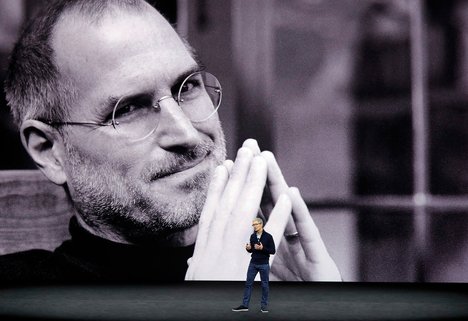(p. B2) There are a few reasons long-term care is such a bad job. “Most people see it as glorified babysitting,” said Robert Espinoza, vice president for policy at PHI, an advocacy group for personal care workers that also develops advanced training curriculums to improve the quality of the work force.
The fact that most workers are immigrant women does not help the occupation’s status. Occupational rules that reserve even simple tasks for nurses, like delivering an insulin shot or even putting drops into a patient’s eye, also act as a barrier against providing care workers with better training.
. . .
. . . there are the powerful nursing unions, ready to fight tooth and nail to keep aides from encroaching on their turf. Carol Raphael, former chief executive of the Visiting Nurse Service of New York, the largest home health agency in the United States, told Professor Osterman that when the association tried to expand the role of home-care aides, the “nurses went bonkers.”
For the full commentary, see:
Porter, Eduardo. “ECONOMIC SCENE; Rethinking Home Health Care as a Path to the Middle Class.” The New York Times (Weds., AUG. 30, 2017): B1-B2.
(Note: ellipses added.)
(Note: the online version of the commentary has the date AUG. 29, 2017, and has the title “ECONOMIC SCENE; Home Health Care: Shouldn’t It Be Work Worth Doing?”)


